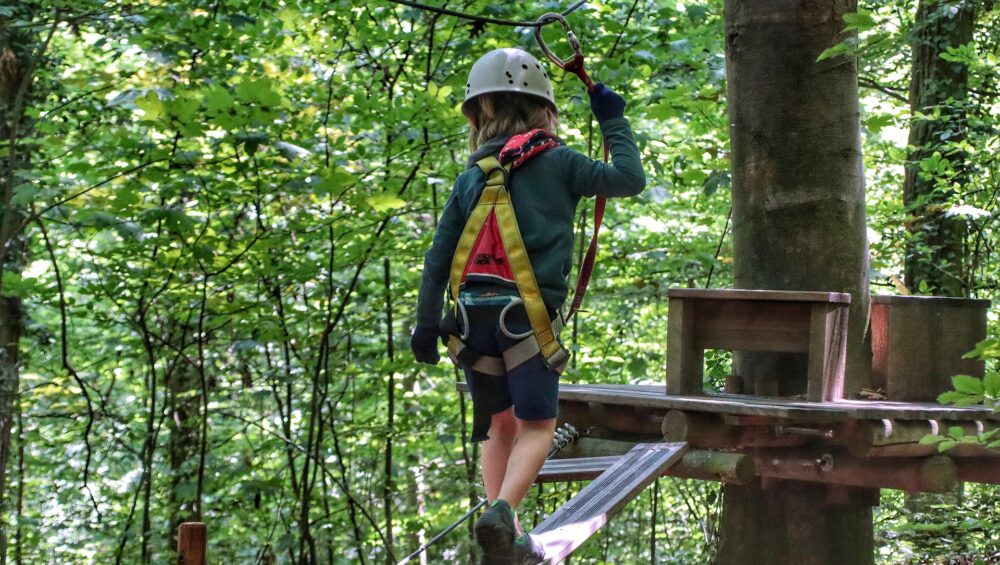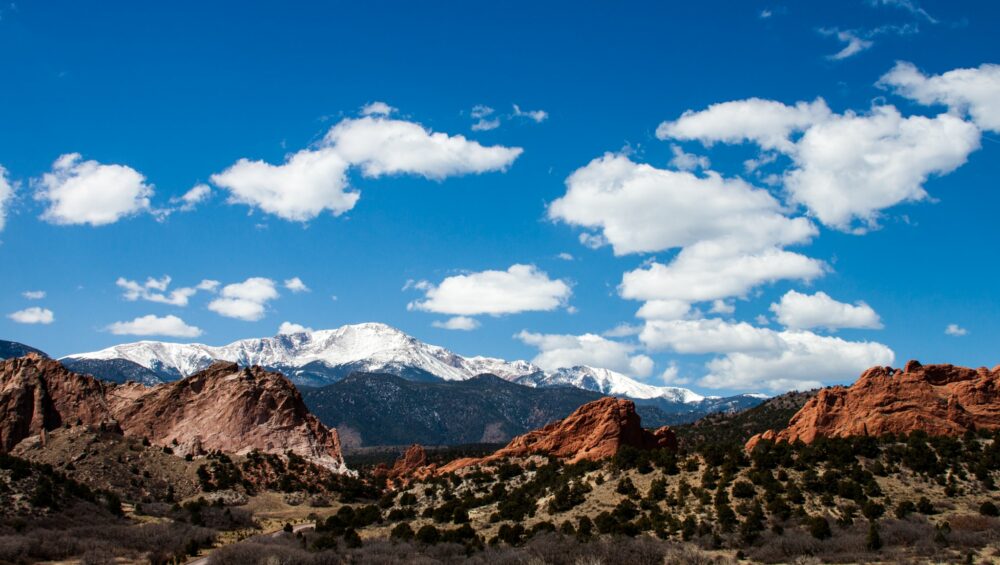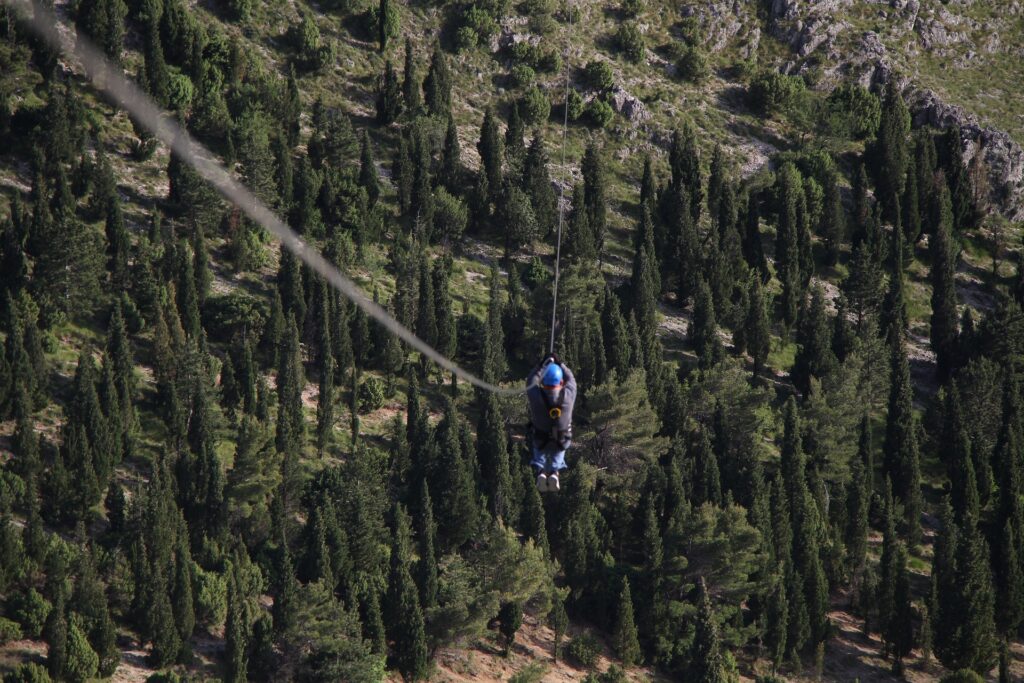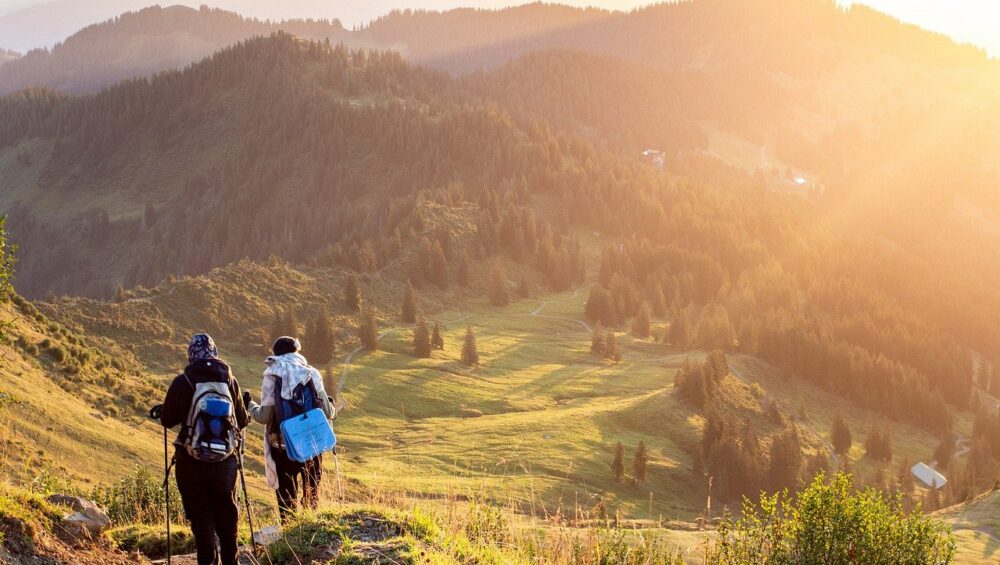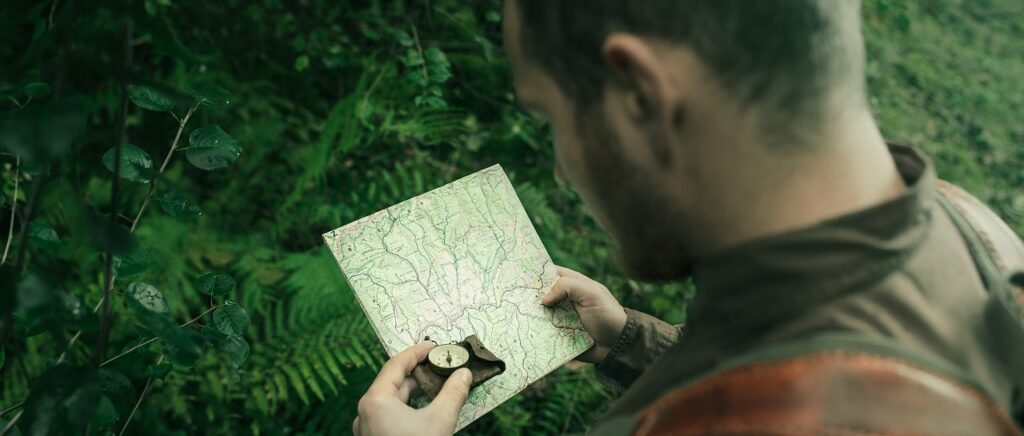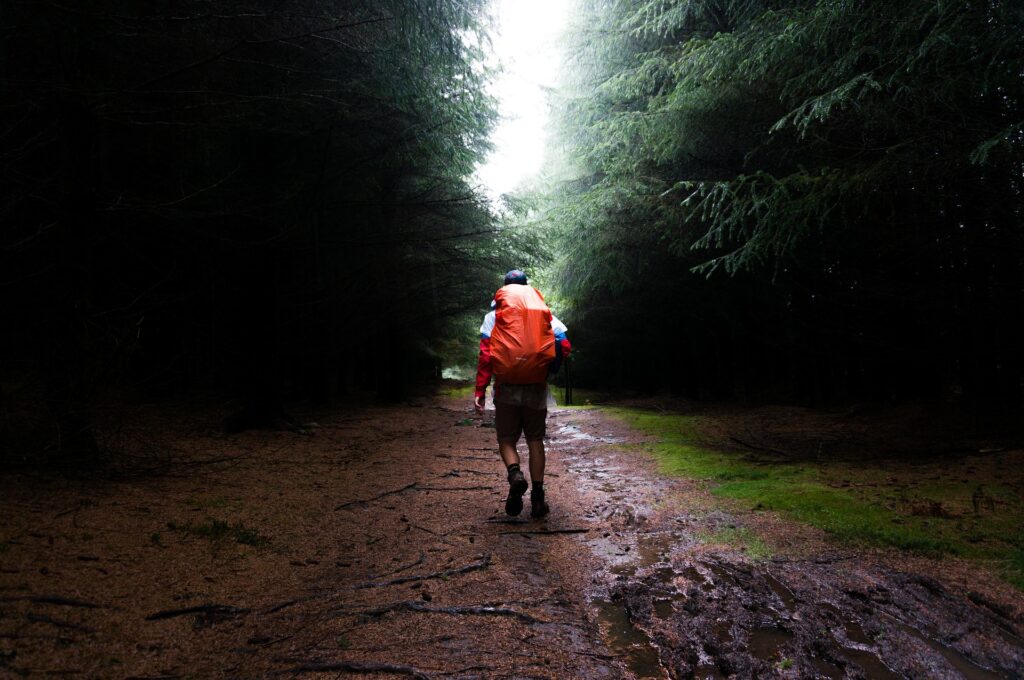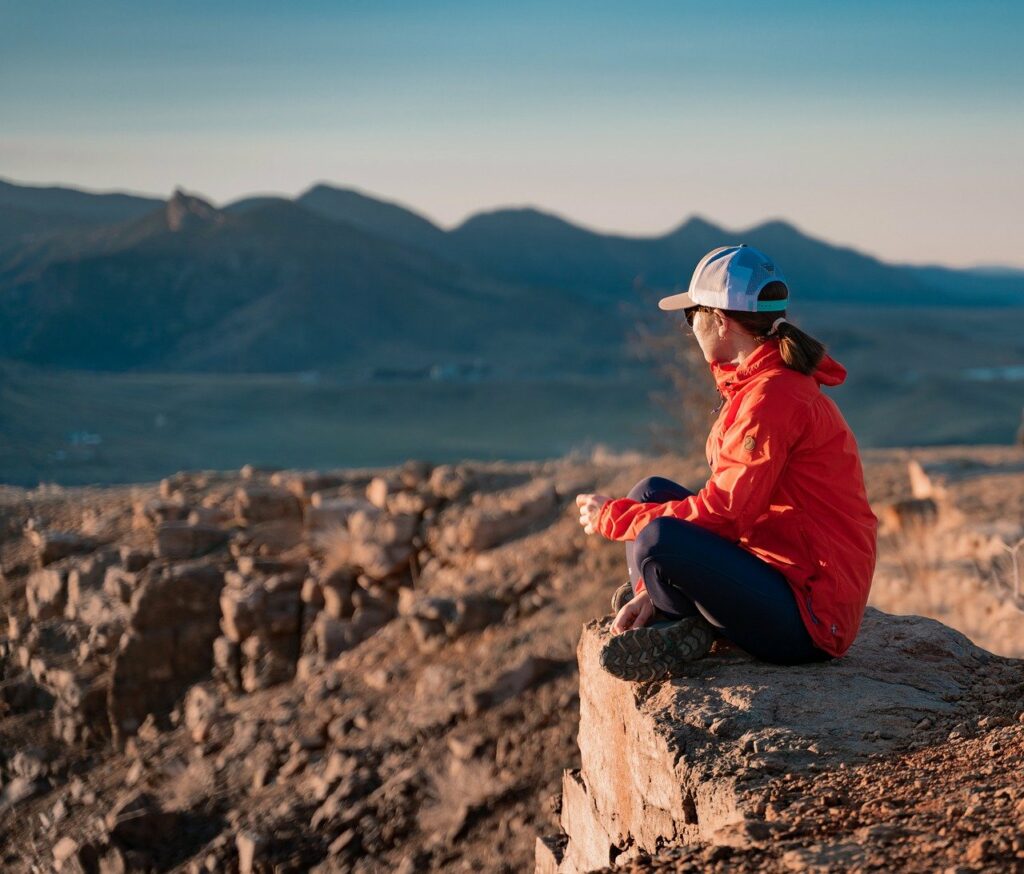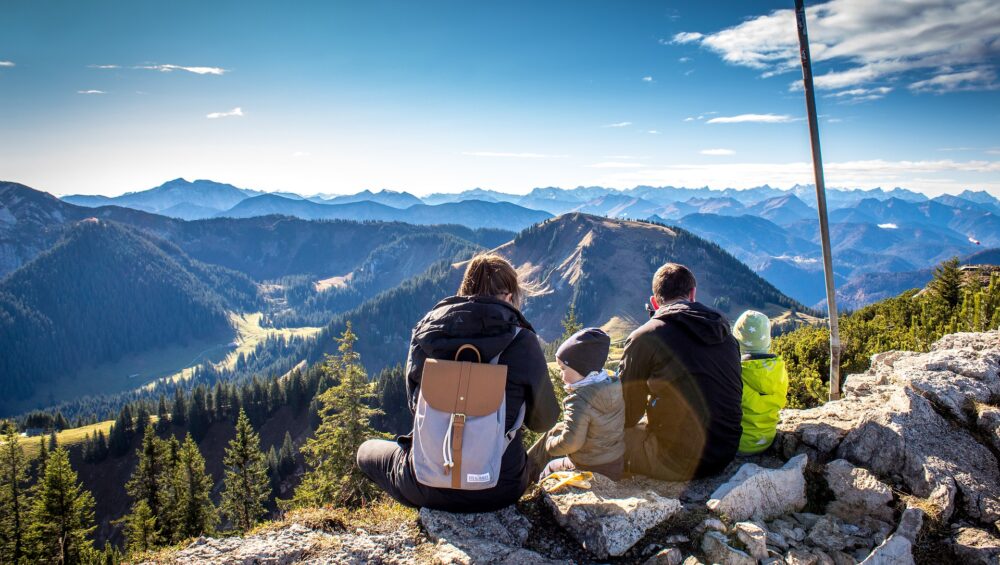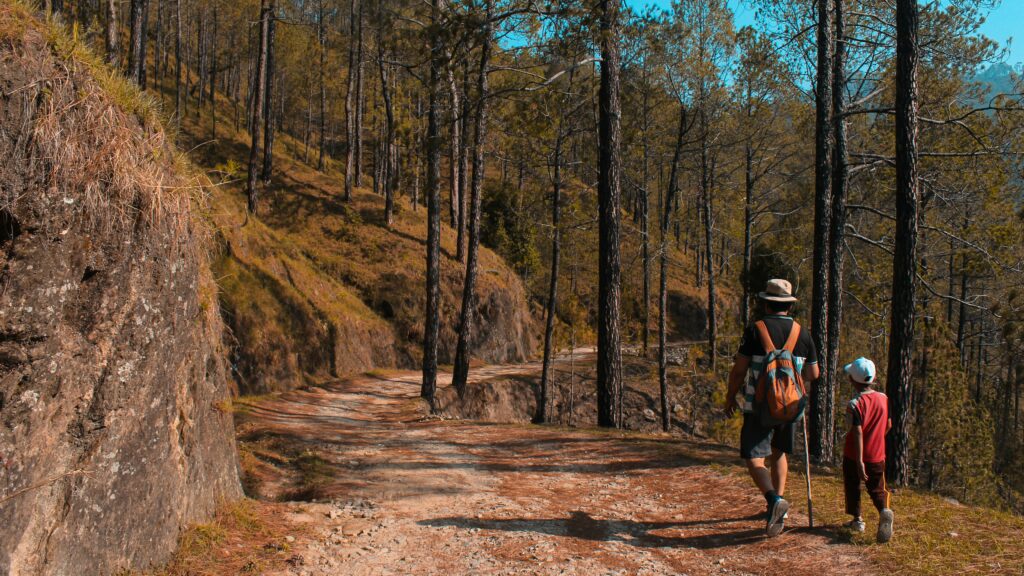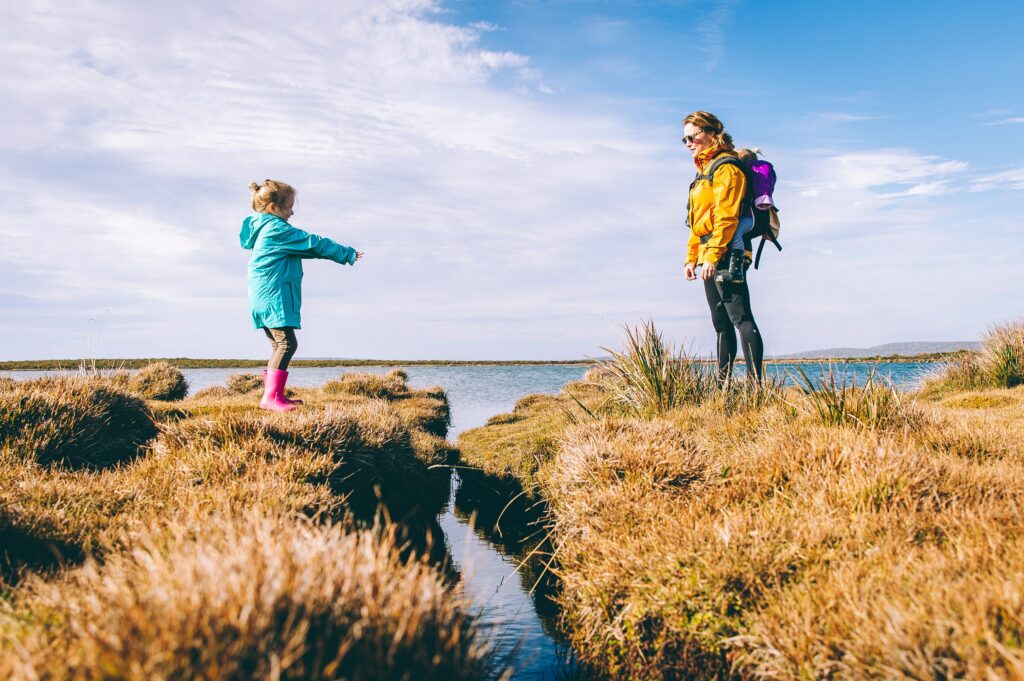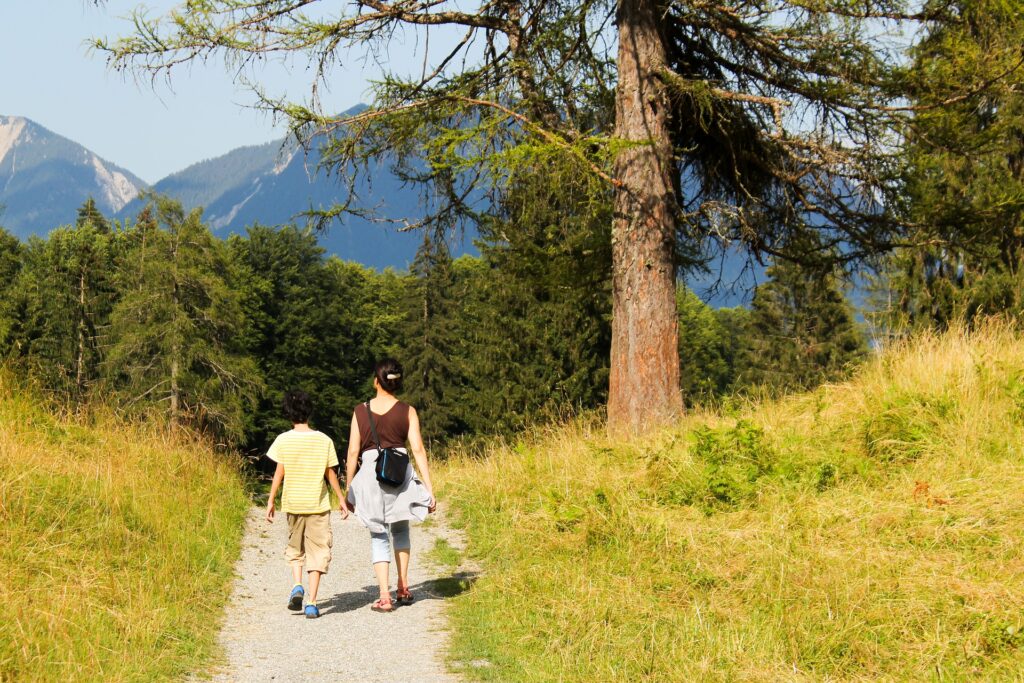Soaring through the air at top speeds connected to a thin wire and a harness brings worry to any parent. It seems unnatural, but as ziplines continue to become more popular, we must ask the question:
Are ziplines safe for kids?
We understand your concerns. Ziplines are popping up all across the United States, and with them, there are the typical injuries that follow. This doesn’t immediately tell us that ziplines are unsafe, though. It gives us the ability to have the insight to find the right ziplines for kids.
Every company follows similar, but often different, rules and regulations for ziplines. This means becoming familiar with the guidelines you’ll want to look out for when choosing a place to zipline. To help you do that, we’ll break down ziplines and talk about how they work and their history.
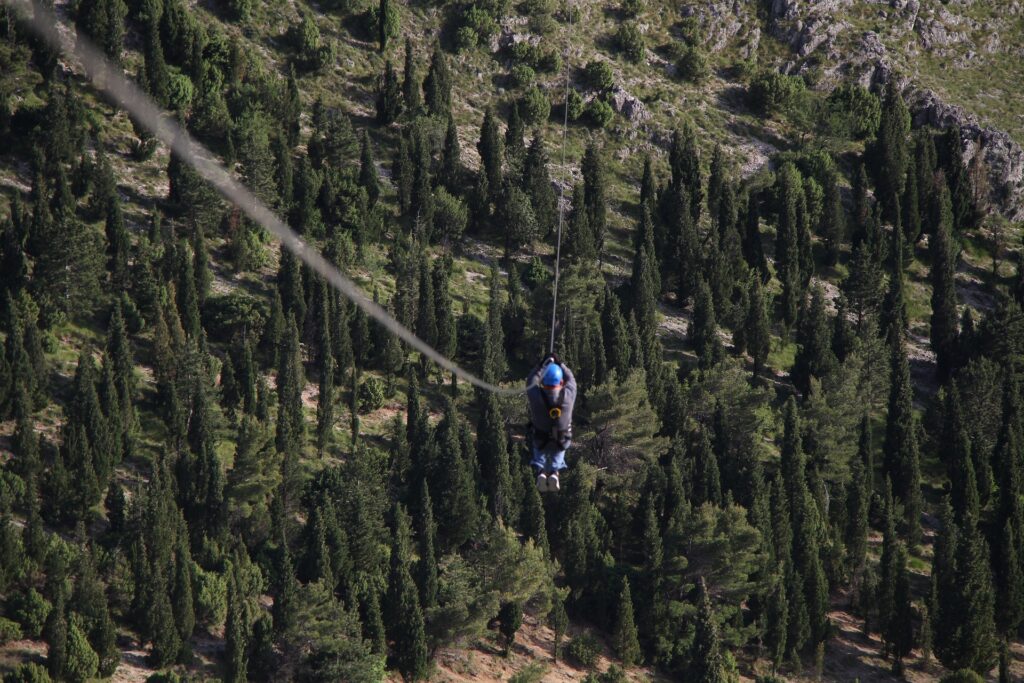
A Brief History of the Zipline
Ziplines were first used to move goods across huge expanses of open air. They originated in mountain communities where moving food or supplies over a river took ages without any form of help. Stringing up a line meant an easy delivery across even the most treacherous terrain. Soon, humans also used the lines rather than face the dangerous swim ahead of them.
Since their first uses, ziplines have come a long way. One of the largest regulators of zipline codes is the Association for Challenge Course Technology (ACCT). The ACCT certifies challenge courses and ziplines across the world with a strict code of safety regulations.
Even with these regulations available worldwide, there are shoddy designs and backdoor businesses that you need to look out for as a parent. Zipline systems have moved from a slow crawl across a ravine to a high-speed flight across tremendous gaps in jungles. With the increased risk, there needs to be an increase in safety measures. Luckily, plenty of people are working to fill in the safety gaps and instill a culture of safety.
Zipline Safety
According to the ACCT, the chances of a zipline breaking are one in a billion. With the proper construction, equipment, and training, a zipline course for kids will be one of the safer activities out there. There is an inherent risk in any adrenaline-seeking activity, but following the proper guidelines can ease the worried mind of parents.
The ACCT has been taking on the most problematic part of ziplines: the lack of consistent guidelines.
The American National Standards Institute accredited ACCT’s zipline standards, moving the push for consistent regulations forward. While it is often an issue handled on a state-to-state basis, looking for a zipline built by and running on these standards is a great and easy place to start.
Of course, the safety of sending yourself careening over a large valley at 45 miles per hour is still something to question. No matter the regulations, it can be nerve-racking. With these kinds of activities, we are fighting our human instinct to protect ourselves. To overcome that fear and self-protection, learning about the systems is the best possible way forward.
Construction and Inspection
The ACCT accredits certain vendors to go out and build challenge courses and ziplines for any company. These vendors are certified to construct courses on-site and often are in charge of training the on-site staff. This is one of the largest factors that anyone concerned about the safety of a course should consider before strapping in and jumping blindly.
Experiential Systems is another nationwide inspector of ziplines. Any safe zipline course Colorado has to offer will be looked at by the state-based inspection service. They also provide training for instructors that will further ensure the safety of any participant on a zipline.
Before you send your child off any zipline course, ask for proof of who constructed the zipline and inspected it most recently. These inspections need to be done consistently. Ziplines are most often outdoors, which exposes them to the weather that can slowly decrease safety levels. When an inspection is done, any problem found must be fixed before the operation can resume.
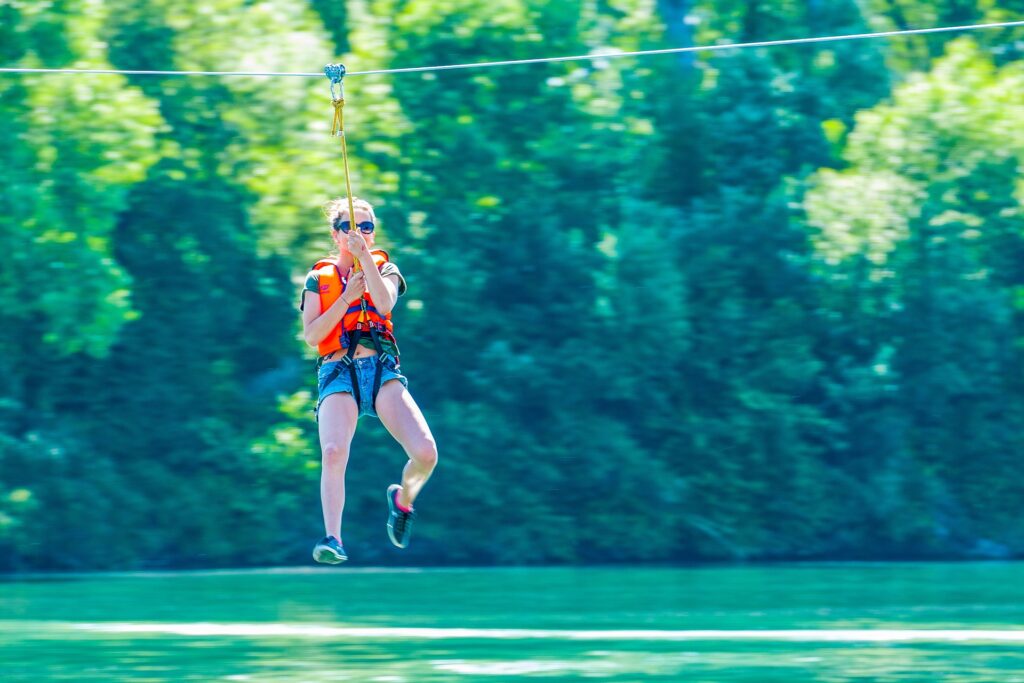
Safety Equipment
Just like riding a bike, there are easy ways to avoid most injuries that can occur while on a zipline. While most organizations will provide the proper safety equipment. Familiarize yourself with what is considered the “right” safety equipment.
The two most essential pieces of gear on a zipline course will be your harness and your helmet. There is also the trolley and tether connected via carabiners, but most of these are in place and much less susceptible to human error.
Most harnesses are capable of holding over 2000 pounds of weight. At Broadmoor, the weight limit is 250 pounds (with a minimum weight of 90 pounds), so there is nothing to worry about if you are wearing a harness correctly. Listen to the instructors and ensure that all of the harness straps are tightened down.
Nowadays, it’s not a bad idea to wear a helmet to the grocery store. So, naturally, you will wear a helmet while flying through the air at 45 mph. These courses are built inside of the trees where branches will grow in the way of the zipline or can fall from above you. A helmet is the best way to protect yourself. Make sure your child is wearing a helmet. Maybe not at the grocery store, but most definitely on a zipline.
Training
The final, and arguably the most important, standard to examine when looking for a good zipline course for kids is the training every instructor has received. You can easily get this information by asking the company or camp your kid will be ziplining with.
There are a couple of different levels of certification that you can be aware of. The ACCT does a great job of offering these trainings and training other companies in instructor training. Your guides should at the very least have a Level I or Level II Practitioner Certification. You can also keep your eye out for a Certified Challenge Course Manager or any Professional Ropes Course Association certifications. These expand beyond just a zipline but often include that Level I or II Practitioner Certification.
So, are Ziplines Safe?
Well, “safe” is a problematic guarantee when looking at activities with any inherent risk involved.
Can this, or really anything, be 100% safe? No.
Can we, and do we, consider every professional piece of advice there is to keep our participants as safe as possible? Yes.
Ensure you are choosing a zipline tour that has followed proper regulations and guidelines. The strict certifications and procedures that are the industry best are the safest place to start, which is precisely what we do here at Broadmoor.

